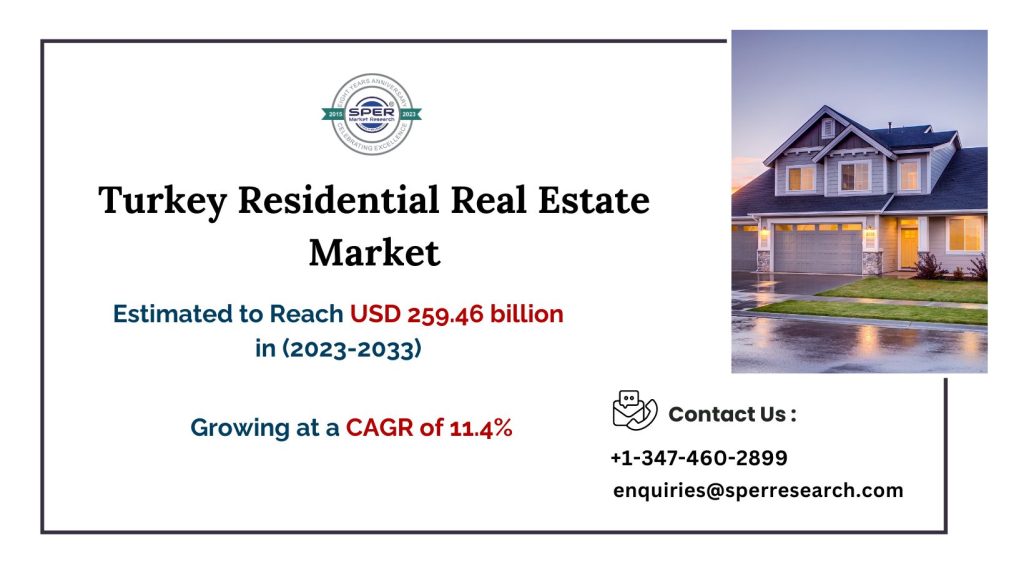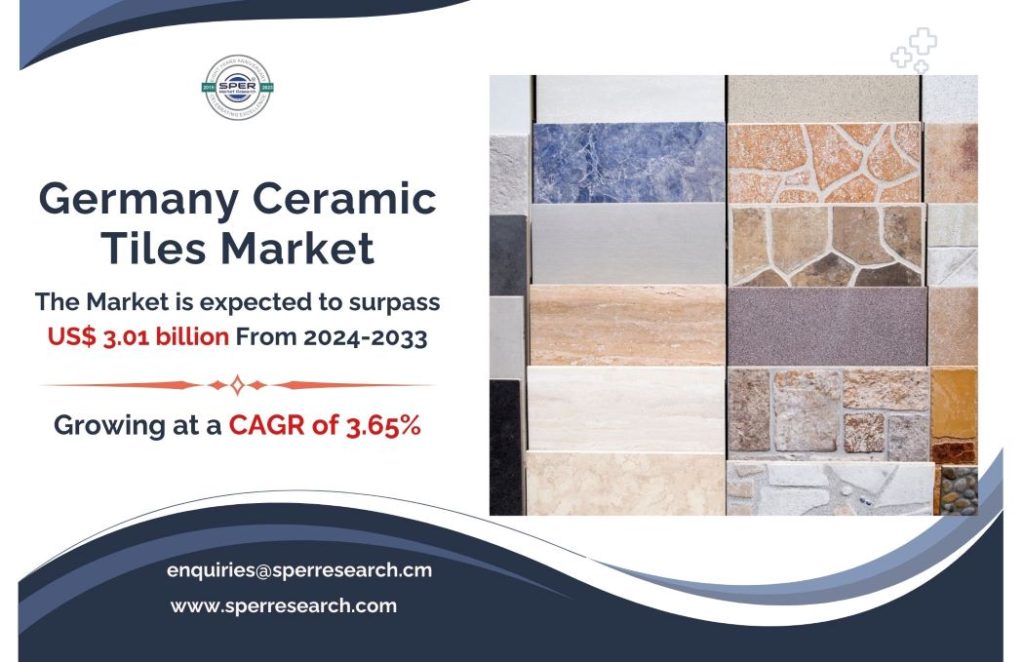Specialized machinery used to perform or assist with construction activities is known as construction equipment. These equipment often include wheel bulldozers, crawler dozers, backhoe loaders, excavators, forklifts, wheel loaders, dump trucks, and others. Various tasks including drilling, transporting, excavating, paving, grading, lifting, and more are accomplished with the help of this equipment. The manufacturing, oil and gas, and building and infrastructure sectors are all included in the global market for construction equipment. Equipment specifically designed for use on or near building sites is known as construction machinery. A few of these pieces of machinery are wheel bulldozers, front loaders, backhoe loaders, excavators, compactors, graders, crawler bulldozers, forklifts, and trucks with concrete mixers, among others. These tools are required for a variety of related tasks, including drilling, hauling, excavation, paving, grading, and lifting.
According to SPER Market Research, ‘Philippines Construction Equipment Market Size- By Type, By Application- Regional Outlook, Competitive Strategies and Segment Forecast to 2033′ states that the Philippines Construction Equipment market is estimated to reach USD XX billion by 2032 with a CAGR of 7.2%.
The government’s measures to boost the nation’s construction industry are mostly responsible for this market’s rise. The government of the Philippines, for example, raised demand for construction equipment in the country over the previous several years with the introduction of the “Build, Build, Build” infrastructure development plan. Further driving demand for the Philippines’ construction equipment market over the forecast period will be forthcoming public infrastructure projects like the South Commuter Railway and the Edsa Greenways Pedestrian Walkways. Infrastructure spending by the government increased recently. There is a possibility that the demand for construction equipment would increase throughout the projected period due to increased government spending on infrastructure development.
In the Philippines, one of the most significant issues facing the construction equipment sector is the lack of qualified workers. Businesses find it difficult to run their equipment as efficiently and productively as possible when there is a shortage of staff with the necessary skills. Additionally, a number of businesses rely on rented or second-hand equipment because the high cost of new equipment continues to be a major barrier to entry for small-scale contractors. By lowering operational costs and providing small-scale contractors with access to high-quality equipment, these obstacles give equipment manufacturers the chance to develop and boost the efficiency of their goods.
Request For Free Sample Report @ https://www.sperresearch.com/report-store/philippines-construction-equipment-market.aspx?sample=1
The first three quarters of 2020 are predicted to have a recession in the Philippines’ economy as a result of the Covid-19 pandemic outbreak. In the upcoming years, the Philippine market for construction equipment is expected to grow modestly, despite the country’s economy being predicted to rebound in the second half of 2020.
The Philippines Construction Equipment Market is expected to be dominated by the Asia-Pacific region. Some of the key players are – Brighton Machinery, Hitachi, Hyundai Doosan Infracore, Inframachineries, JCB, John Deere, Kobelco, Komatsu, Kubota, Liebherr, Manitou, Maxima Machineries Incorporated.
For More Information, refer to below link: –
Philippines Construction Equipment Market Growth
Related Reports:
Follow Us –
LinkedIn | Instagram | Facebook | Twitter
Contact Us:
Sara Lopes, Business Consultant — USA
SPER Market Research
+1–347–460–2899









